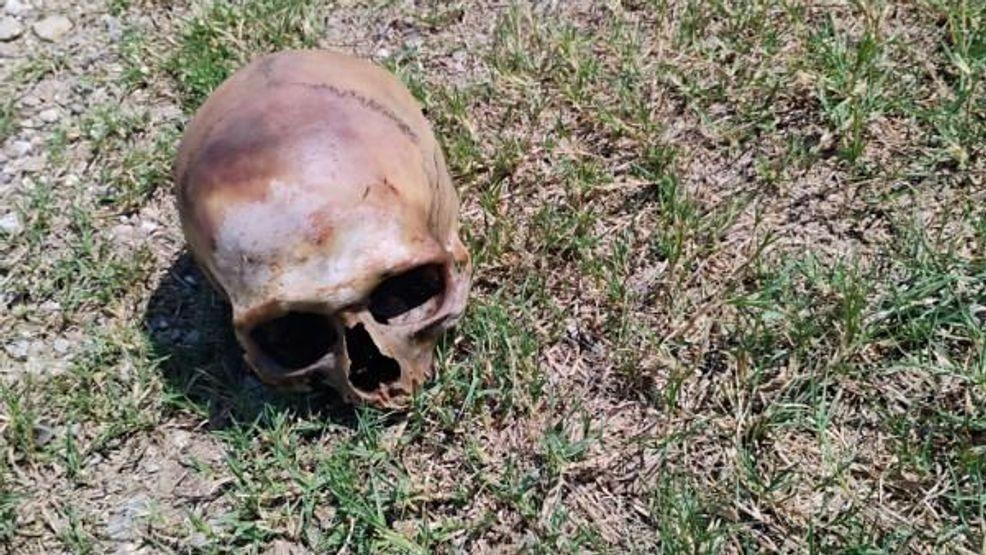Discovery of a Human Skull at Local Archaeological Site

Introduction
The recent discovery of a human skull at an archaeological site in Somerset has captured the attention of both researchers and the local community. This finding, made during routine excavations, may offer significant insights into the historical populations that once inhabited the region. Such discoveries not only enrich our understanding of past human activity but also raise important questions regarding identity, culture, and historical context.
Details of the Discovery
On September 15, 2023, a team of archaeologists, led by Dr. Emily Turner from the University of Bristol, uncovered the skull while examining a site believed to be a burial ground dating back several centuries. The skull was remarkably well-preserved, suggesting it was buried with care. Additional artifacts found nearby include pottery shards and tools, which could help date the site and provide further context about the individuals interred there.
The skull has been sent to a forensic laboratory for analysis, aiming to conduct DNA testing that may help identify the ancestry and health conditions of the individual. This process could also reveal information such as age, sex, and possible causes of death, which are crucial for understanding the demographics of the population at that time.
Historical Significance
Archaeological experts believe this site may correlate with significant historical events in the region, potentially offering a glimpse into the lives of the people who lived there. Prior studies conducted in Somerset have hinted at the area being a hub for various communities during the Middle Ages and beyond. The findings not only contribute to local history but could also draw interest from a wider audience, including historians and anthropologists worldwide.
Conclusion
The discovery of the human skull at this Somerset site not only provides a moment of intrigue but also opens the door for further investigations into our past. As researchers continue to analyse the skull and surrounding artifacts, it is anticipated that the findings will provide enriching narratives about historical populations in the area. The significance of such discoveries lies not only in their academic value but also in their ability to connect present-day communities with their ancestry, fostering a deeper understanding of human history. As more is learned, residents and history enthusiasts alike eagerly await the insights that will emerge from this important archaeological revelation.
